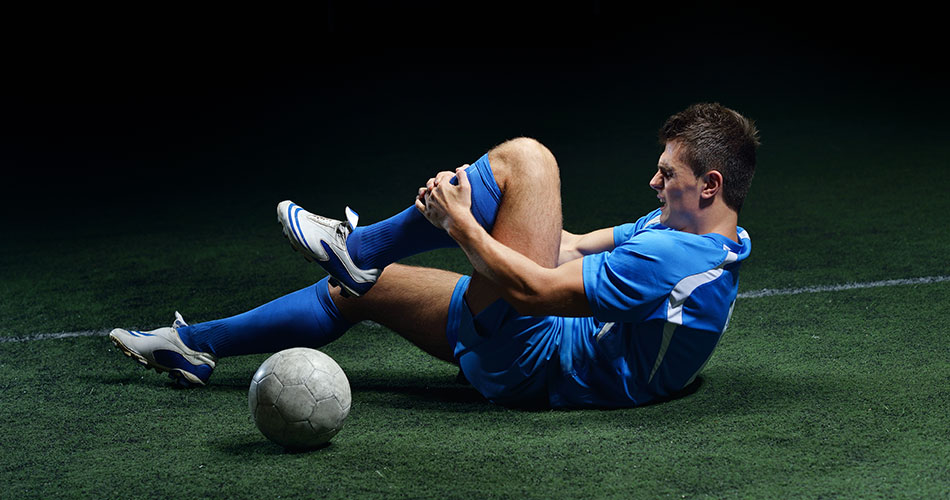Review 8 – Movement Assessment
What’s up, everybody. This is Dan with this month’s rant about better deciphering research.
Today, we will look at this prospective cohort study aiming to evaluate the predictive value of assessing single leg squat and drop jumps with future non-contact ACL injuries in female athletes – a cohort at risk for knee injuries as we know. As with all prospective screening studies, the premise is that those athletes eventually injured do show some features that differ from those that remain healthy, so we can use this information to intervene earlier for those at increased risk. However, we also know that there is a vast amount of other research out there showing – at best – mixed results about the predictive value of any test and its relationship with future injuries. However, most of them are derived from lab-based measures, especially when looking at isolated kinematics or kinetics. So, what about our coaching eye? Can we, let’s say, at least guestimate our “risky” athletes by observing common tasks we’ve all seen countless times?
So, what was done? In total, 880 female team sport athletes from soccer and handball were screened once during the preseason and then followed up if and when they suffered an injury. And this went on for 7 years (!). That’s big. Every athlete did some single-leg squats and drop jumps. Then always, one of the same five assessors scored the movement quality, especially around the knee and pelvis alignment throughout the respective task. Athletes were scored either 0, indicating good control, 1 was reduced control, and 2 was poor control or pain to the eyes of the assessor.
So, what was found? First of all, how’s the test-retest reliability for both tasks for this scoring approach. Drop jump is just fine, but the single-leg squat is fair or, in other words, yeah, not great. This gives us the first hint if this is a suitable movement to test or observe and make judgments upon. Ok, next, injuries. In total, 65 ACLs were done. Out of that, every 5th was an ACL re-injury. That adds to what we already know. If you had an ACL injury, you never stop doing extra’s, and you pray to all gods there is to not do another knee. That’s the best you can do. And finally, do we see any differences between both groups. Short answer. No. Nothing significant. Not even tendencies to justify relying on our coaches’ eye. Reality is just too complex for our often preoccupied or biased mind to see patterns where none can be found.
So, what does it mean? Yeah, still, it’s still impossible to predict anything, especially the future. Reality doesn’t care how experienced your coaching eye is…probably with very few exceptions to some OG coaches out there. And I still feel very reserved about assessing “movement quality’ – whatever that term even means. What’s the value of such a test anyway? Probably our best bet to increase injury resiliency is the get our load tolerance up, never stop pursuing upping it and expose them every now and then to worst-case loads, however that may look like in your sports. Done.
Thanks for listening. Always stay critical.











Responses